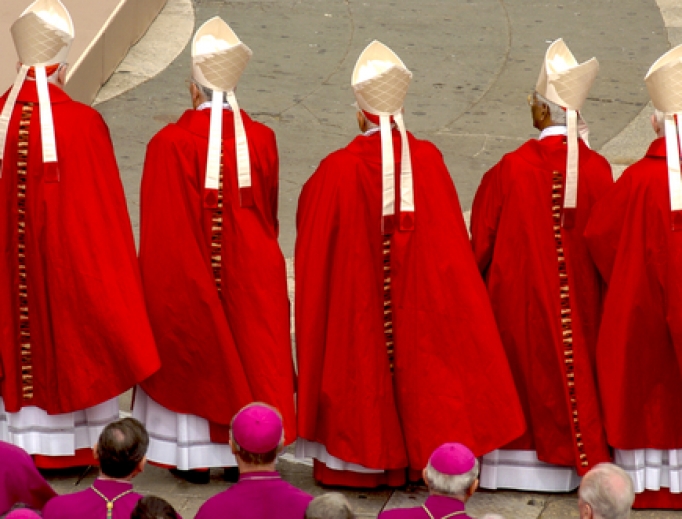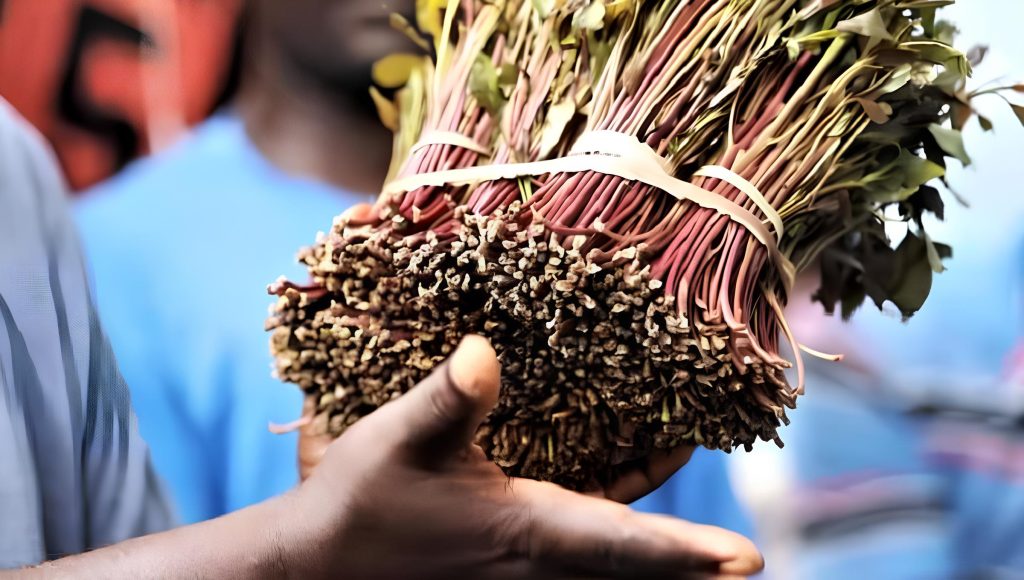Cardinals are meeting Tuesday morning at the Vatican to set the official date for Pope Francis’ funeral and initiate preparations for the conclave that will elect his successor. His funeral is anticipated to take place later this week, attended by thousands of faithful, global dignitaries, and Church leaders.
Although no official funeral date has been announced, Catholic tradition dictates that the burial of a pope must occur between the fourth and sixth day following his death.
135 Cardinals are travelling to the Vatican to take part in the conclave that is usually the House of St Martha.
The Vatican confirmed that Pope Francis passed away on Monday morning at the age of 88. The cause of death was determined to be a stroke, followed by a coma and irreversible cardiocirculatory collapse. The official medical certification was issued by Dr. Andrea Arcangeli, Director of the Directorate of Health and Hygiene of the Vatican City State, and made public by the Holy See Press Office on Monday evening.
The medical report also revealed that Pope Francis had been suffering from a number of serious pre-existing conditions, including acute respiratory failure due to multimicrobial bilateral pneumonia, multiple bronchiectases, high blood pressure, and Type II diabetes. His death was formally confirmed using a heart test known as electrocardiographic thanatography.
As per his wishes outlined in his Spiritual Testament, Pope Francis will be laid to rest in the Pauline Chapel of the Basilica of St. Mary Major in Rome, near the revered icon of Mary, Maria Salus Populi Romani—a symbol of comfort and faith that he held close throughout his papacy.

Earlier this year, on February 14, the Pope was admitted to a hospital in Rome suffering from bronchitis. His condition worsened and developed into double pneumonia, which nearly claimed his life twice. He was discharged on March 23, with doctors recommending a strict two-month recovery period.
The world now awaits the College of Cardinals’ next steps as the Church prepares to say goodbye to ‘The Pope’s Pope’ who led with humility, reform, and a deep concern for the marginalized.









